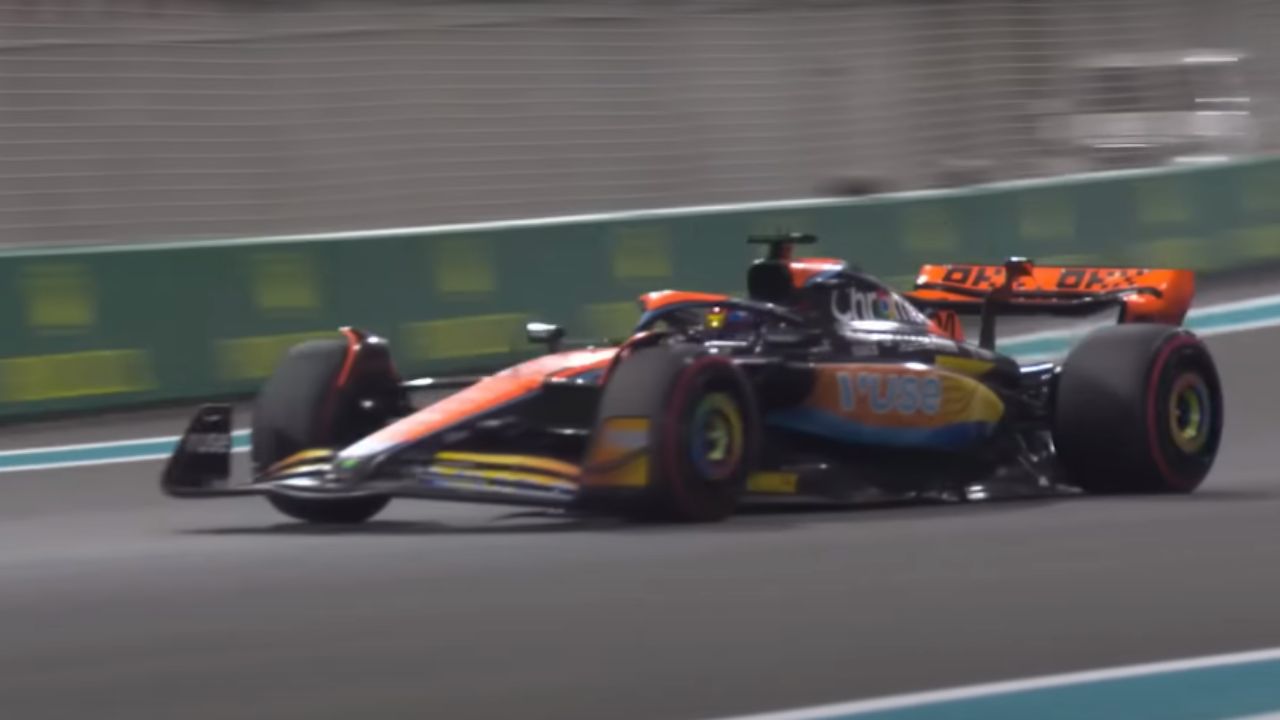In the adrenaline-fueled world of Formula 1, safety is a paramount concern, and over the years, the sport has undergone a transformative journey to fortify the protection of its fearless drivers. While innovations like the Halo and Hans device have taken the spotlight, one unsung hero quietly plays a pivotal role in safeguarding a driver’s most critical asset—the headrest.
Crafting Elegance and Protection
Introduced in 1996, the modern F1 headrest is not just a safety feature; it’s a masterpiece that seamlessly marries style and comfort with the intricate demands of high-speed racing. Far from a mere cushion, the headrest becomes an artisanal touch, adding flair to the sartorial sense of a racer.
The design of these headrests is a delicate dance between aesthetics and functionality. From afar, they blend into the overall design of the car, but a closer look reveals the meticulous engineering considerations dedicated to driver protection.

Material Alchemy
The choice of materials for constructing F1 headrests is a science in itself, dictated by the unique demands of each race. The exterior boasts a carbon-Kevlar structure, ensuring durability without sacrificing weight. The core is a technologically advanced Confor, a temperature-dependent memory foam, selected based on ambient temperatures.
Imagine the intricate dance of CF45M, a blue foam for temperatures above 30°C, or the pink-hued CF42M for temperatures below 30°C. These temperature-specific foams aren’t just about comfort; they cater to the dynamic needs of optimal performance under varying racing conditions.
Beyond impact resistance, these materials keep vibrations in check, ensuring drivers can maintain focus during the grueling hours on the track.
View this post on Instagram
Vital Role in High-Stakes Moments
Crashes in Formula 1 are not mere possibilities; they are inherent risks. The incredible speeds of these single-seater cars, coupled with sudden deceleration during a crash, subject drivers to extreme g-forces that can lead to severe injuries. This is where the headrest steps in as a silent guardian.
Strategically positioned behind the driver’s head, the headrest absorbs the high energies generated during high-speed impacts, significantly reducing the force transferred to the driver’s neck and head. In a sport where milliseconds can make a life-changing difference, the headrest becomes an indispensable component in the intricate web of safety measures.
A Chrysalis of Safety
The evolution of F1 headrests mirrors the sport’s commitment to advancing driver safety and comfort. From early versions with minimal thickness to the current era’s emphasis on increased thickness and advanced materials, the headrest has undergone a transformative journey.
Carbon fiber, celebrated for its exceptional strength-to-weight ratio, has become the material of choice. Aluminum, with its durability and lightweight properties, reinforces the structural strength of these safety components. The increased focus on driver comfort aligns with the understanding that a comfortable driver is a more focused and effective driver on the racetrack.
Mandatory Guardians of Safety
In the world of Formula 1, headrests are not mere recommendations; they are strict mandates. Adhering to the stringent regulations set by the FIA, teams must construct headrests that meet specific criteria, including a minimum weight and incorporation of FIA-approved designs. This adherence is non-negotiable, playing a pivotal role in maintaining safety standards essential for the high-risk, high-speed spectacle that defines Formula 1.
In a sport where every innovation, every material choice, and every design tweak can make a difference, the headrest emerges as a silent hero—a guardian that combines style, comfort, and the unyielding commitment to driver safety. As the Formula 1 landscape continues to evolve, the headrest remains a beacon of unwavering dedication to pushing the boundaries of safety without compromising the thrill that defines this iconic sport.






